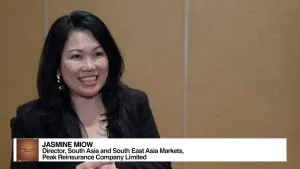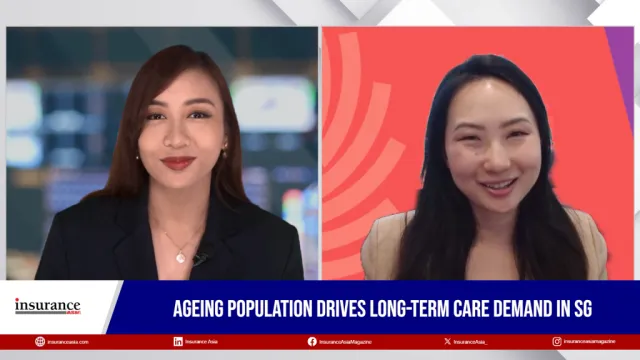
Japan, Korean insurers to see dampened sales as COVID claims rise
Both countries will see an increase in death claims.
Japanese and South Korean Insurers are likely to see weaker policy sales and investment gains as coronavirus-related claims pile up, according to a Moody’s report.
Rated Korean insurers are expected to see an increase in death claims accounting for an additional 1-7% of regulatory capital pretax, whilst Japanese insurers’ rise in claims could comprise 3-11% of regulatory capital pretax.
Overall effect on capital, considering a potential financial market volatility, will be higher, said Moody's analysts Soichiro Makimoto, Young Kim, and Sally Yim.
“Japanese and Korean insurers are also vulnerable to business disruptions and adverse financial market reactions resulting from the outbreak, which can have impacts that exceed those on claims. In particular, their policy sales will decline in the current period from reduced person-to-person communications and their investment income will also weaken as central banks push interest rates lower for a longer period,” they wrote.
For Korean insurers, the government and public health systems will mitigate claims related to medical expenses. Indemnity payments will be low as there is no commercially available medicine yet for the virus, the analysts claimed.
Moreover, hospitalisation and rehabilitation treatments are usually subject to caps for medical insurance policies, they added.
In Japan, indemnity payment is uncommon and medical insurance is focused on fixed payments or fixed amounts per day of hospitalisation with caps on total amounts, the analysts noted. Property & casualty (P&C) insurers will also face mitigated claims from business interruptions and event cancellations as such policies do not cover infectious diseases.
In addition, the cancellation of the Olympics and Paralympics will have a manageable impact on Japanese P&C insurers because of their low net exposure to the risk.
New insurance sales will be disrupted because of a low customer contact in the distribution channels. In Korea, most premiums from life and non-life insurers come from financial consultants and bancassurance, whilst captive sales agents remain essential in distributing life insurance products in Japan, the report concluded.
Photo courtesy of Pexels.com.



















 Advertise
Advertise






